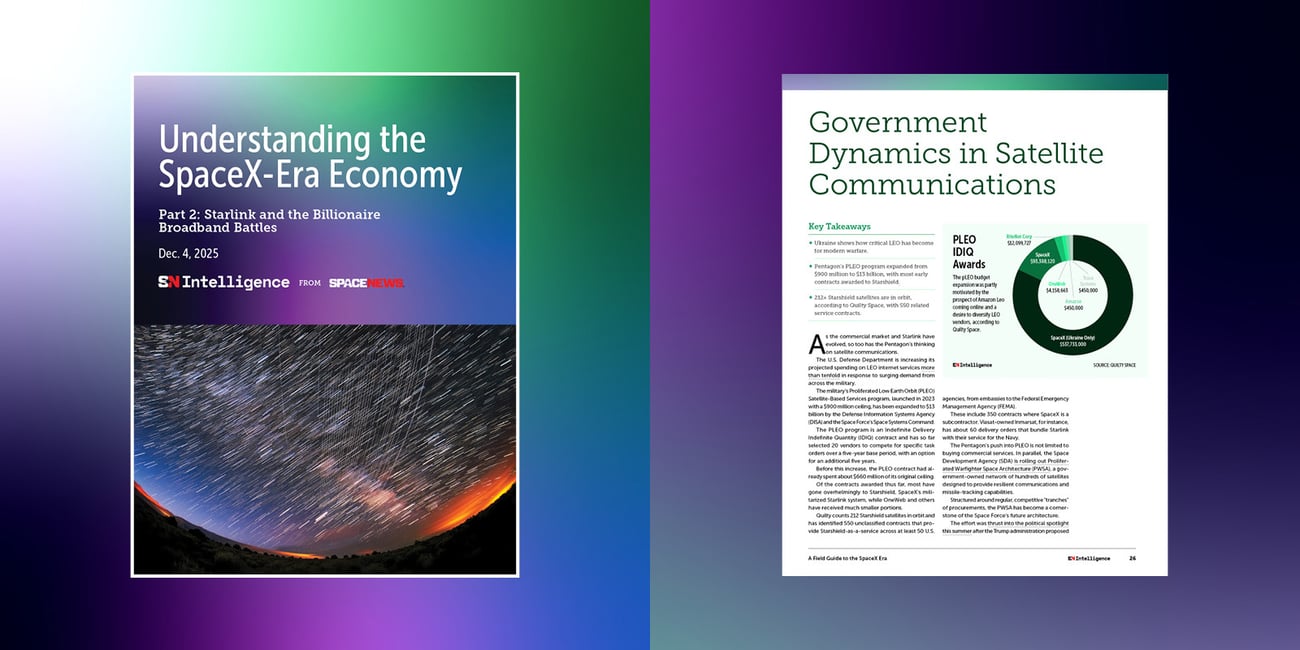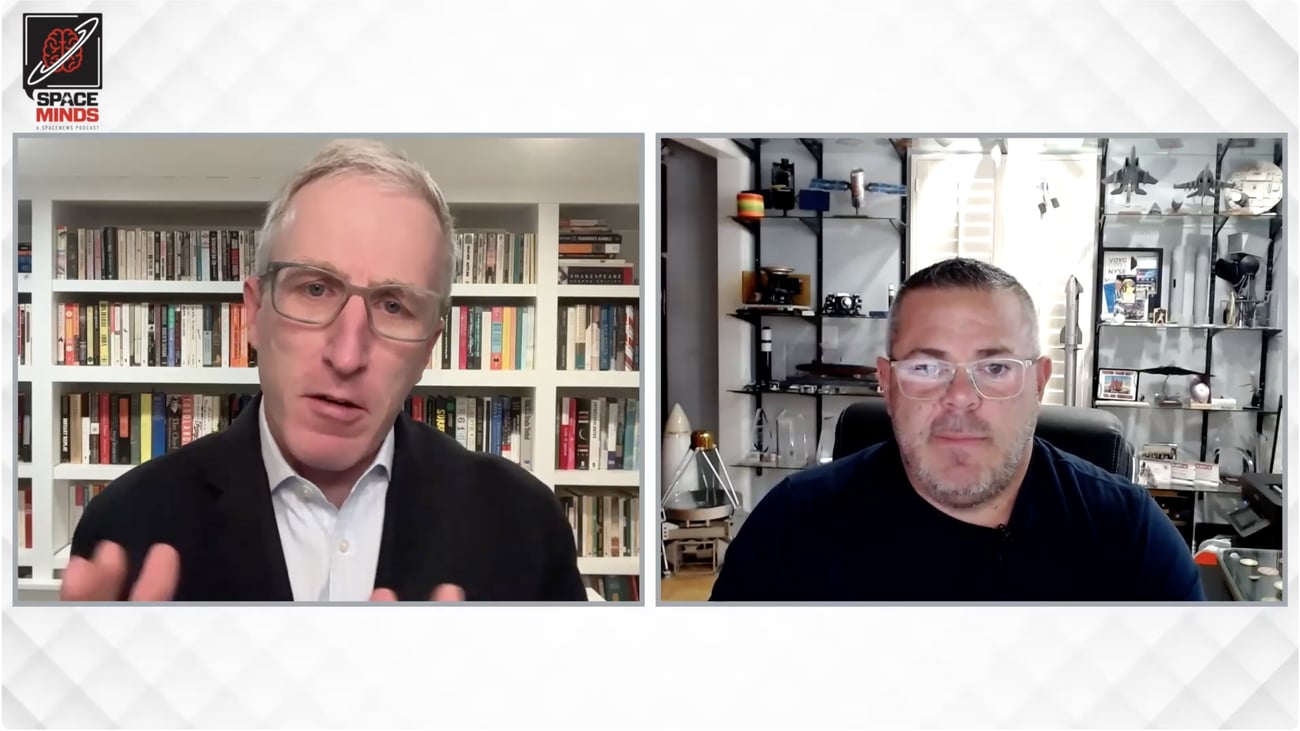Voyager Technologies' Matt Magaña on Golden Dome
In this new episode, host Mike Gruss sits down with Matt Magaña, president of space, defense and national security at Voyager Technologies, to explore one of the most consequential national security space stories of 2025: Golden Dome.
Magaña lays out why this initiative represents a major inflection point for U.S. missile defense, requiring a truly integrated system-of-systems approach to track, target and defeat emerging threats such as hypersonic weapons
|
|
|
|
Gruss and Magaña discuss how the mission has outpaced traditional development cycles, demanding speed, scalability and commercial-style production across both space and weapons programs. Magaña explains how Voyager is carving out a role not as an end-to-end prime contractor, but as a critical enabler — identifying technology gaps, investing in high-impact capabilities and helping partners scale.
From next-generation propulsion systems and solid-rocket manufacturing to AI, machine learning and dual-use electronics, the conversation highlights the technologies that will shape Golden Dome's future.
Watch or listen to this episode.
| | |
|
| | | SPONSORED | Voyager Technologies is a defense and space technology company committed to advancing and delivering transformative, mission-critical solutions. With the recent acquisitions of Estes Energetics and Exoterra Resources, LLC, Voyager is expanding into one of the fastest-growing and most strategically important markets in defense: energetics and propulsion. These acquisitions close a key gap in the U.S. industrial base, removing strategic dependencies, guaranteeing quality and surge capability and preserving critical skills that directly strengthen national defense and allied support. Voyager now delivers greater end-to-end control over the production, quality and certification of energetics materials. Learn more. |
|
|
|
|











